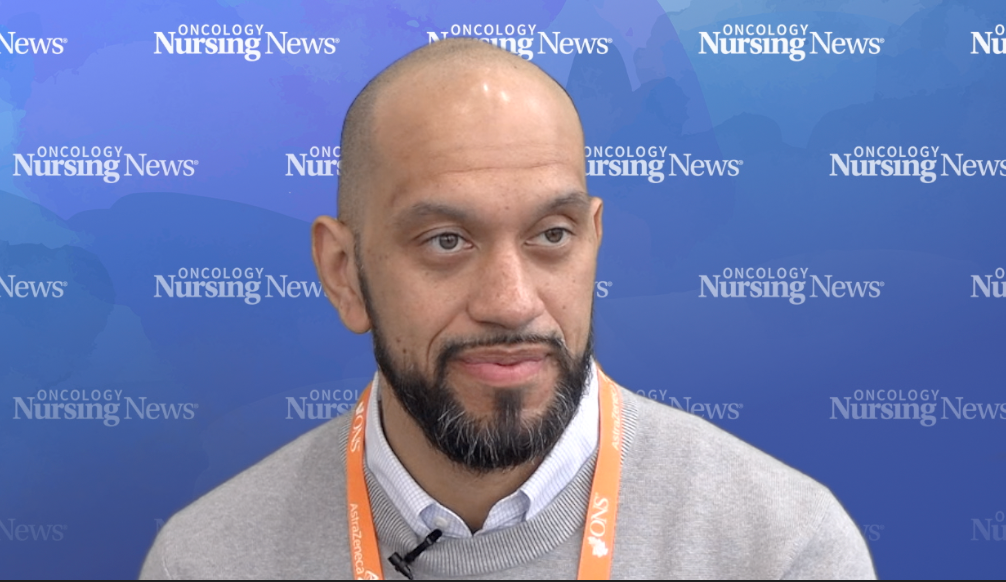The Many Shades of Cancer Survivorship
There are over 14 million cancer survivors in the United States, a number that is expected to grow exponentially due to an aging population and improved methods for early detection and treatment. In the Institute of Medicine (IOM) report “From Cancer Patient to Cancer Survivor: Lost in Transition” the importance of addressing the ongoing physical and psychosocial challenges of cancer survivors was emphasized to encourage the multidisciplinary approach to survivorship as a distinct phase of the cancer continuum. Oncology nurses have an essential role in ensuring that quality survivorship care begins at diagnosis and continues throughout the balance of our patients' lives.
In January, the American Society of Clinical Oncology (ASCO) in collaboration with the American Academy of Family Physicians and the American College of Physicians hosted its inaugural symposium on addressing cancer survivorship. I read with great interest the innovative research and tweets from a diverse group of individuals passionate about survivorship care and how to maximize the quality of life for cancer survivors. I was also inspired by the number of patient advocates present who shared their experiences.
The National Coalition of Cancer Survivorship (NCCS) was the first to define a cancer survivor as “from the time of diagnosis through the balance of life” and later expanded the definition to include family, friends, and caregivers who are touched by a cancer diagnosis in any way. As the number of cancer survivors continue to increase, a need exists to fully embrace this definition to include those living with metastatic disease along with those who have been identified as a “previvor,” a term that is being used to identify someone with a genetically increased risk of developing cancer.
Cancer is becoming a chronic illness with many opportunities to improve the care of all individuals whose lives have been touched by cancer. In my current role as a Survivorship Nurse Navigator, I’ve had survivors tell me that they don’t like the term survivor, don’t consider themselves a survivor “it hasn’t been 5 years,” or are afraid of calling themselves a survivor for fear that they’ll jinx themselves into a recurrence. I’ve also cared for individuals whose cancer has metastasized and have said to me, “I’m not a survivor anymore.”
If survivorship begins at diagnosis, or in some cases, prior to a diagnosis, how can those of us in the oncology community improve collaboration with our colleagues in primary care and other subspecialty areas to provide high-quality care to the patients that we both serve?
Although the Commission on Cancer has recently required that Cancer Programs provide a survivorship treatment summary and care plan to patients and providers, no long-term studies have been done to assess the effectiveness of these treatment summaries on adherence to surveillance or to health promotion guidelines. While most community cancer centers and large academic institutions provide recommendations and referrals to PCPs for those individuals who require increased surveillance due to a genetic mutation, what about the survivors who are living with metastatic disease? Should we develop a care plan for them, too?
In an effort to address these concerns, we have partnered with our primary care and subspecialty team leaders to host free oncology specific continuing education seminars for all members of the multidisciplinary team in an effort to improve collaborative efforts with our colleagues with the ultimate goal of providing the highest quality care to our patients. Ongoing meetings are evaluating the effectiveness of these programs in addressing the needs of cancer survivors throughout the continuum of care.
Regardless of your role or practice setting, it is very likely you will care for a cancer survivor. As the survival rates for the pediatric oncology population continue to improve and as individuals gain access to earlier detection programs, and as more sophisticated treatment options become available for early-stage as well as in advanced cancers, the number of survivors will continue to rise. We are also seeing an increase in the aging population with approximately 59% of individuals diagnosed with cancer aged 65 years and older. The late and long-term side effects of treatment are often compounded by the effects of normal aging and increased comorbidities. It is important that all disciplines work together to provide the best possible outcomes for this unique patient population.




